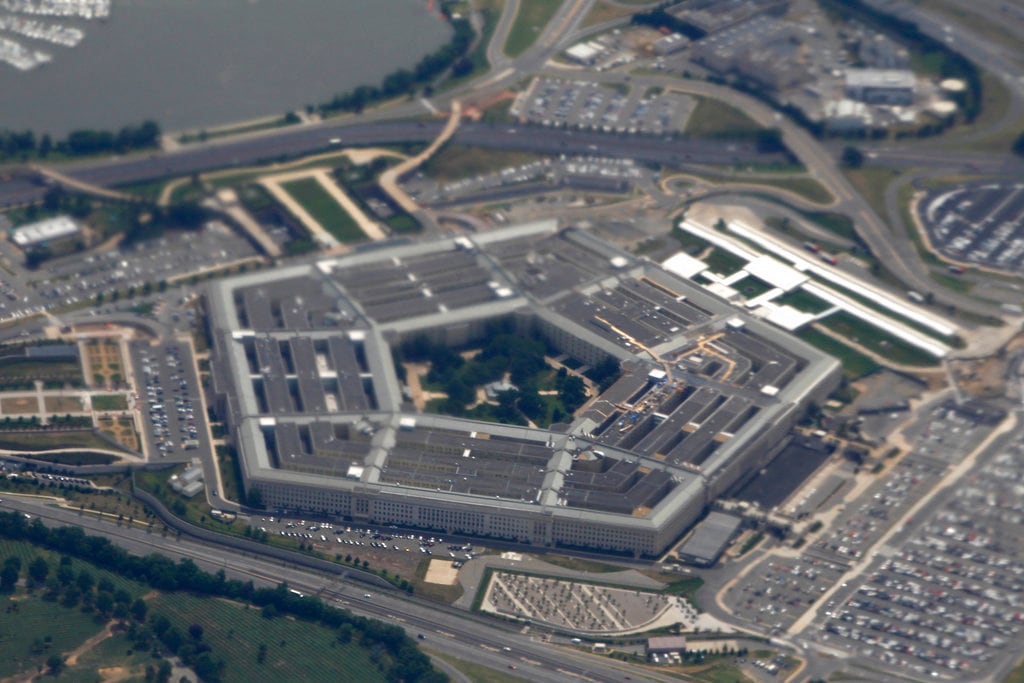A few months ago, I wrote in this space about the startling growth in the use of Other Transactions Authority, or OTA, across the U.S. Defense Department. Indeed, although still a small percentage of the department’s total spend, OTA use grew more than 500 percent between 2012 and 2017. Moreover, changes to the laws governing OTAs have been significant. The advent of “production authority,” which allows the use of OTAs all the way through production/implementation, has also helped drive their relevance and use.
In the end, the core point was and remains that this growth, which is continuing, is more than anything else an unmistakable signal from the military customer, representing that the customer’s frustration with the acquisition system has reached new heights. Fair or not, there is little else to explain the expansion.
RELATED

In the months since, discussions and debate over OTAs have become increasingly common. Government officials, outside experts, industry groups and others have all weighed in. Some, like the undersecretary of defense, have made clear their hope that the OTA process will be more commonly utilized and replicated; others have urged caution, admonishing folks to ensure OTAs are “used as intended,” and otherwise reinforced the perception that OTAs are “special” and, while valuable, have limited application.
The dialogue was further energized by the department’s announcement ― and then reversal — of a decision to use a single contract awarded under OTA authority for all cloud migration services. A fair debate can be had over that now-discarded idea. But as is so often the case, it too led to additional discussion about the need for scrutiny and caution and, unsurprisingly, congressional oversight.
Unfortunately, few, if any of these discussions have had the most important question posed: Are OTAs delivering on their promise? Are they, in fact, delivering new, otherwise inaccessible capabilities and innovation in a more timely and responsive manner than the traditional acquisition process? And are they doing so in a manner consistent with a set of core principles: accountability, competition and transparency?
Having observed and even been involved in the Defense Innovation Unit Experimental and other OTA processes, my own sense is that the answers to all of the above is “yes.”
But that is only one perspective, and we have a unique and important opportunity to capitalize on the expanded experience with OTAs to answer those questions more fully and precisely.
What must be avoided is the age-old tendency to only view these questions through the prism of existing, traditional mindsets. Just the presumption that OTAs only have a “limited” application is itself problematic. If the data show that OTAs are, in fact, delivering value and innovation, and doing so more efficiently than the traditional process, why would we want to limit their use? Why would we not instead seek to normalize a process that works?
Institutions typically react to the pressures of change by either adopting some, but not all, of the attributes of new processes — which in turn leads to incremental, often suboptimized change; or embracing in whole the new while allowing the traditional model to dissipate.
As evidenced by much of the discussion about OTAs and our history of drowning intended flexibility in process, the former is the norm in government reform. Acquisition and broader government transformation debates are far too often conducted in the context of existing frameworks that we assume must be maintained, rather than through the prism of potentially very different paradigms.
That’s the real challenge before us. The rise in OTA use has opened the door to a discussion of unique scope and depth. It raises the prospect that a genuinely streamlined, faster and more open acquisition process outside of the traditional Federal Acquisition Regulation construct can work for a diverse array of needs and drive real change and innovation — while still keeping faith with core principles.
Minimally, it enables the kind of meaningful, data-driven analyses, unconstrained by presumption or tradition, that should inform the road forward. That, more than anything else, will help to improve a struggling system so that it is more responsive to the customers.
Stan Soloway is president and CEO of Celero Strategies, LLC. He was previously CEO of the Professional Services Council and deputy undersecretary of defense.








